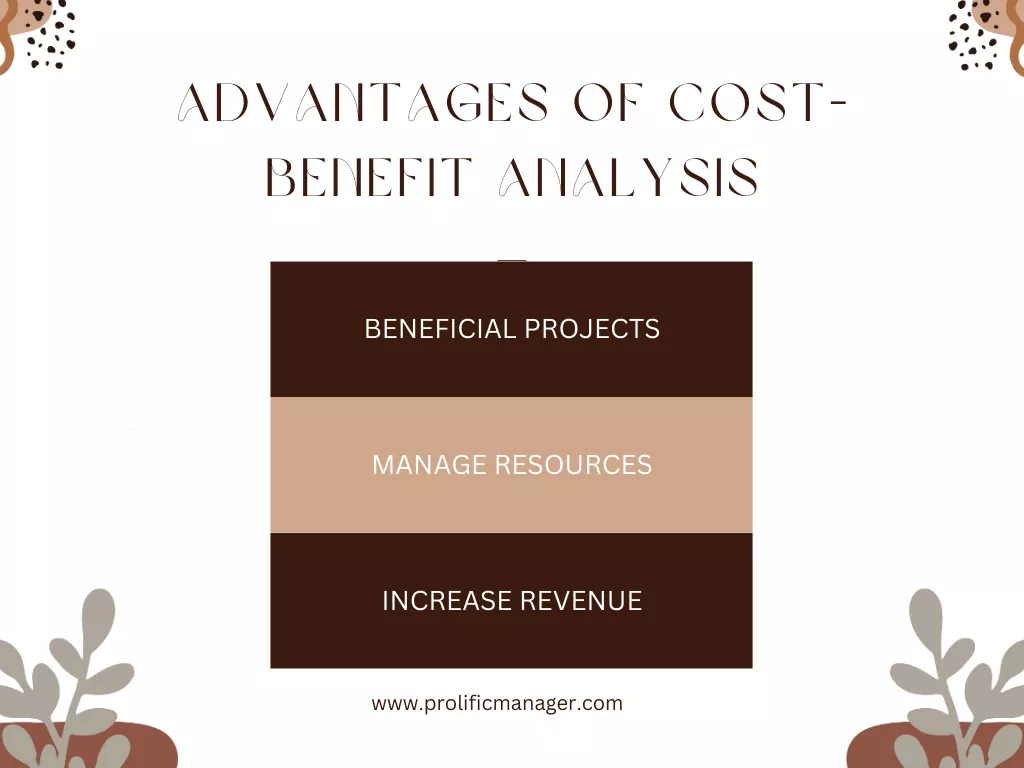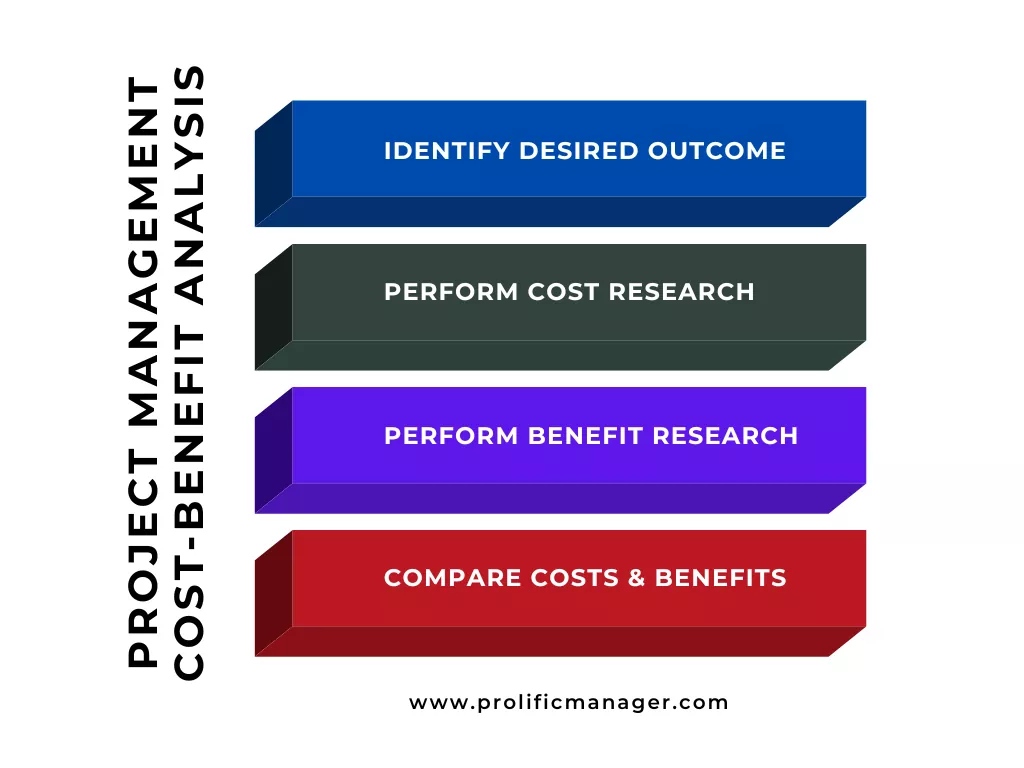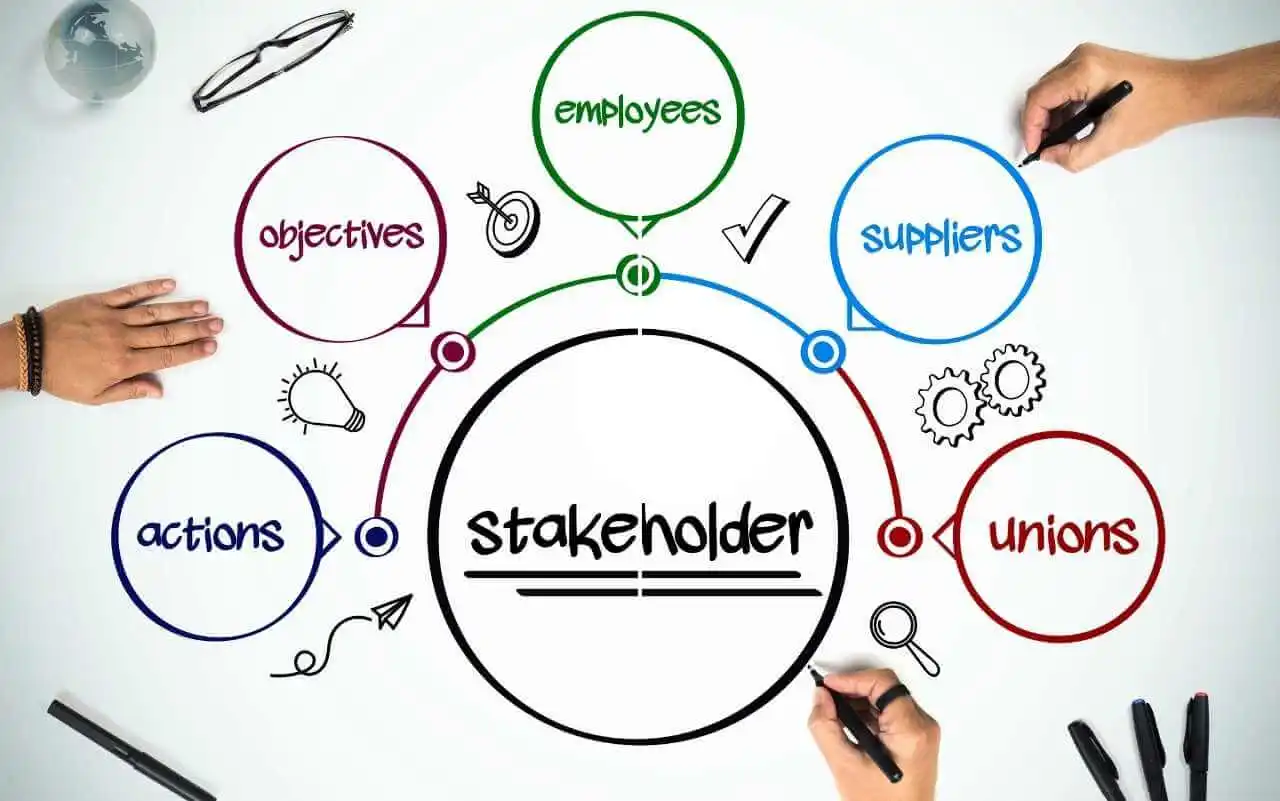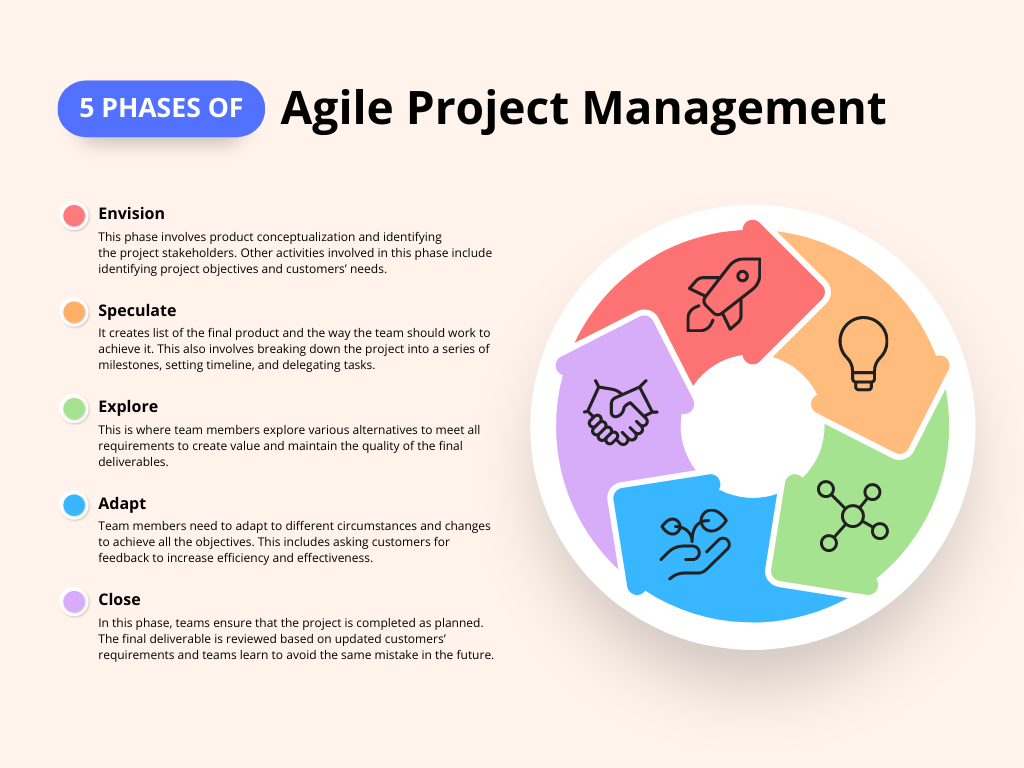The ideal job for every company is the one which generates high revenue without spending too many resources. Are you a project manager? If so, you need to be able to identify such jobs as they essentially lead to the growth of your business. But how?
That’s simple – through the use of project management cost-benefit analysis. This kind of research allows you to determine whether or not a project is beneficial for a company. In this post, find out more benefits of performing a cost-benefit analysis and how to perform one. But what does it mean in the first place?
What Does Project Management Cost-Benefit Analysis Mean?
Cost-benefit analysis is a practice used to determine whether a project is worth taking on. As the name shows, it works by comparing the costs of completing the project (such as expenses, materials, and time) to its expected benefit.
If the expected benefits surpass the evaluated cost (in other words, if the pros outweigh the cons), then you know such a project will boost the business. But if it’s the other way around, it may be best to overlook it (depending on how much the cost is higher than the benefit).
Without a doubt, the project management cost-benefit analysis is essential for a firm. Below are three reasons why you should not overlook conducting one.
3 Advantages of Cost-benefit Analysis

1. It helps you to focus on more beneficial projects
Sometimes, a brand may have the opportunity to take on several projects at once. A cost-benefit analysis here will help you identify the most beneficial ones (especially in cases where you don’t have the resources to take on multiple tasks). By performing a cost-benefit comparison, you’ll get to know which project will do your firm better.
2. It helps you to manage resources
When you take on only vital projects, you’ll avoid wasting your resources on other projects which offer lesser value to your business. This can also help you with your resource management – an essential skill in project management.
3. It helps you to increase revenue and minimize cost
This is no doubt the greatest advantage of the cost-benefit analysis seen by its definition. By focusing on more significant tasks and managing resources, you’ll be able to minimize the expenses involved in completing a project. And once that’s the case, it’ll surely increase the revenue earned from the project.
These three advantages are no doubt enough reasons why you should regularly perform a cost-benefit analysis. But how can you do that? To answer that question, let’s take a look at four steps.
4 Steps to Perform Project Management Cost-Benefit Analysis

- Identify the outcome you desire from the project
- Perform cost research
- Perform benefit research
- Compare the costs with the benefit
The following overview will help you go through these four steps in detail.
1. Identify Desired Outcome
Is it possible to start working on a project without first identifying the project’s goals? Of course not. And that’s why this is the first thing you need to do before performing the actual cost-benefit analysis.
No doubt, you have to determine your client’s expectations of the project and what they want to accomplish with it. But did you know that while preparing for your project, you also need to identify your expectations? By defining the benefit and goals you want to achieve with the project, you’ll be better suited to determining whether or not to pursue a project.
2. Perform Cost Research
You’ve identified your expected outcome. What’s next? It is time to get started on your research. The first thing you’ll need to do is to highlight all the expected costs of running the project. Some of these may include the cost of tools, project materials, and even workers’ compensation.
When you’re doing this, it’s advisable to also think of any unexpected costs that may arise such as the extra costs that usually rises from a shortage of resources and failure in equipment. By doing so, you’ll be preparing yourself for any sudden issues.
Once you’ve listed out all the expected and unexpected costs, assign a monetary value to them to help you measure them. But how? You can look up prices of tools and machinery from suppliers. For things like rent, labor, and taxes, you can always ask your management.
3. Perform Benefit Research
This step is very similar to cost research. The only difference is that you’re identifying your expected benefits from the project. If you followed through with step one thoroughly, this stage will be much easier.
After noting down all the potential benefits the project offers to you, assign the benefits a monetary value. When you’re doing this, you need to be realistic. After all, projects are prone to unforeseen circumstances. Also, external factors beyond your control can affect those benefits (this also applies to cost), such as inflation and deflation.
4. Compare the costs with the benefits
Remember, project management cost-benefit analysis compares the total cost of completing a project with the expected benefits. To do that, add up all the costs listed in step two above. Do the same with the benefits.
Now, compare the price. If your total benefit is larger than the total cost with a high margin, the project is worth pursuing. And if the reverse is the case, you may need to rethink taking on the project. Easy, right? Cost-benefit analysis is much easier than it might appear. All that you need is to put in the effort and be realistic with your goals.
Again, remember your goals in step one. Compare them with the result of the cost-benefit analysis to see if the results can help you achieve those goals.
Should you Perform a Project Management Cost-benefit Analysis?

No company would like to take on projects that offer no practical value to them. And that is not a bit surprising. Such tasks won’t help them reach their business goals. And that is why they turn to cost-benefit analysis to determine beforehand if a project is worth it.
So, should you perform a project management cost-benefit analysis? The answer is yes, especially if you’re looking to grow as a project manager and achieve your business goals.







